Siem Reap is the most renowned travel hub in Cambodia — a small city with a rich history. From the world-class Angkor temples to the haunting, tree-covered ruins and vibrant life on the water,
Siem Reap provides a rich experience even in a short visit. Here are the top three essential locations, along with their unique features and practical advice to enhance your enjoyment.
Angkor Archaeological Park (Angkor Wat, Angkor Thom & Bayon)
No visit to Siem Reap is complete without a tour of the Angkor Archaeological Park — an extensive array of temple complexes, that were the center of the Khmer Empire
from the 9th to the 15th centuries.

The centerpiece is Angkor Wat: a grand, perfectly symmetrical temple-mountain renowned for its soaring spires, vast galleries of bas-relief carvings,
and stunning mirror-like reflections at dawn. Nearby, Angkor Thom’s Bayon temple greets you with its many enigmatic smiling stone faces sculpted into its towers,
The entire park features wooded regions and many other locations that are ready to be discovered. Since Angkor is recognized as a UNESCO World Heritage site spanning hundreds of square kilometers,
it is advisable to set aside at least one full day (preferably two or three) to thoroughly enjoy the main attractions.
it is wise to start your day early to steer clear of the heat and crowds, and adhere to the site’s rules and dress codes when visiting temple sanctuaries.

Ta Prohm – the jungle temple
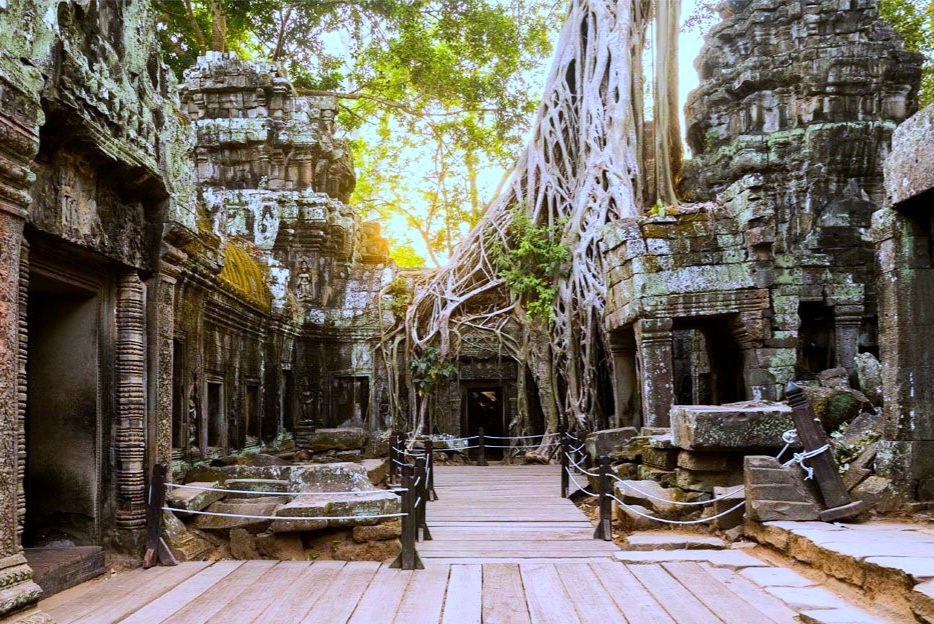
If Angkor Wat appears grand and structured, Ta Prohm presents a more untamed and cinematic experience: enormous tree roots entwined around decaying stone,
with extensive roots and trunks interlacing through corridors and doorways. Intentionally left partially unrestored, Ta Prohm maintains that atmospheric “ruin in the jungle”
aesthetic that was showcased in films like Lara Croft: Tomb Raider, making it a photographer’s paradise during golden hour. Stroll leisurely through the shaded galleries,
pay attention to where you walk (some surfaces can be uneven), and prepare for popular crowds around midday. Since the temple is delicate, adhere to official paths and heed guides’ instructions —
it aids in preserving the site for everyone.
Tonle Sap Lake & the floating villages
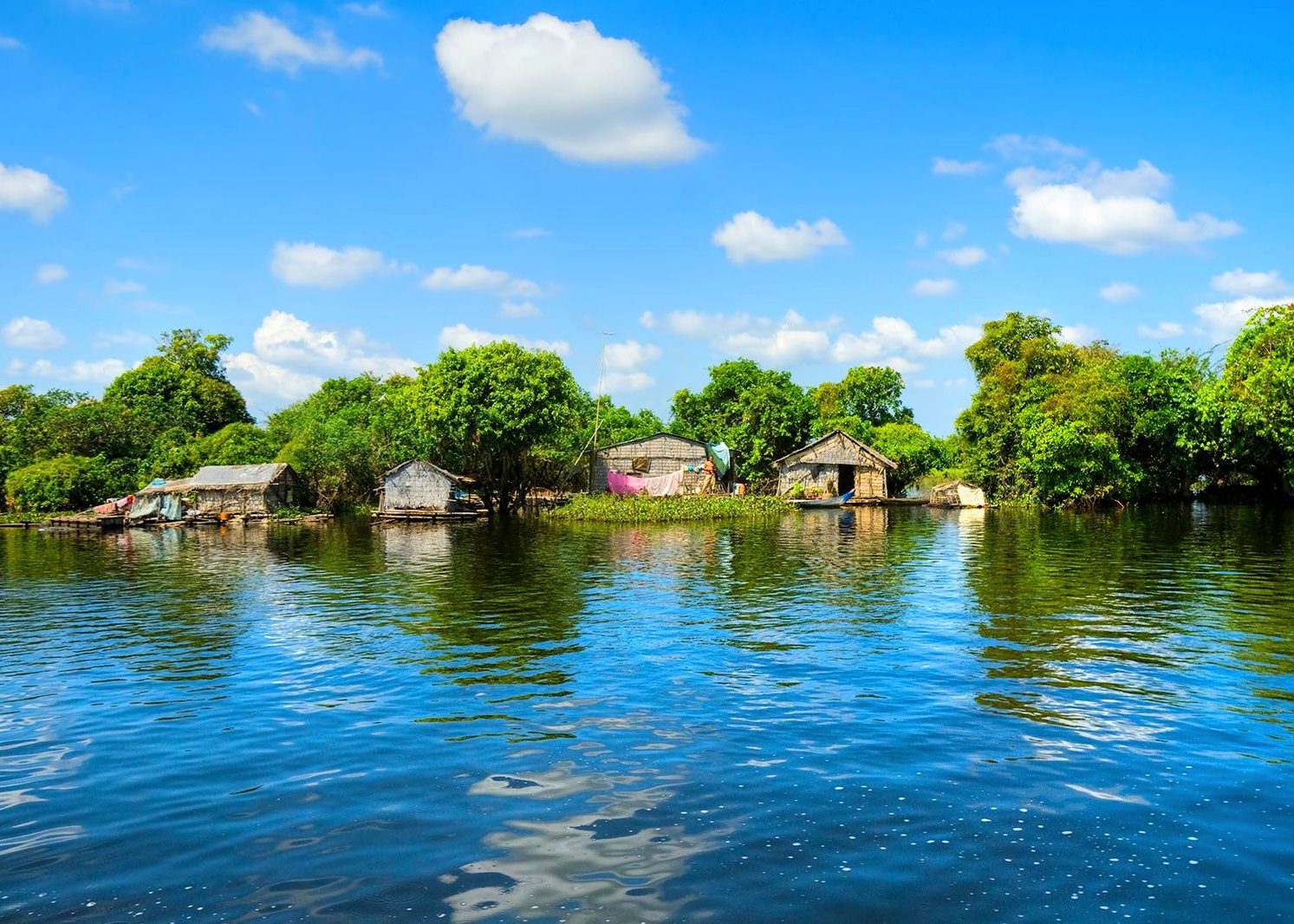
For a unique viewpoint on local life, take a boat trip to Tonle Sap, the largest freshwater lake in Southeast Asia. The seasonal dynamics of the lake benefit local communities.
that reside in stilt houses or floating homes; accessible villages like Chong Kneas, Mechrey, Kampong Phluk, and Kampong Khleang allow visitors to observe floating schools,
markets, and homes while watching fishermen at work. Boat rides vary from brief, tourist-friendly excursions to longer, more enlightening tours that navigate canals and tree-lined channels;
if you decide to go, select a reputable operator, inquire about community contributions or entrance fees beforehand, and strive to travel responsibly so your visit benefits local residents.
The floating villages are particularly stunning during the wet season when water levels rise, creating a serene, drifting world.
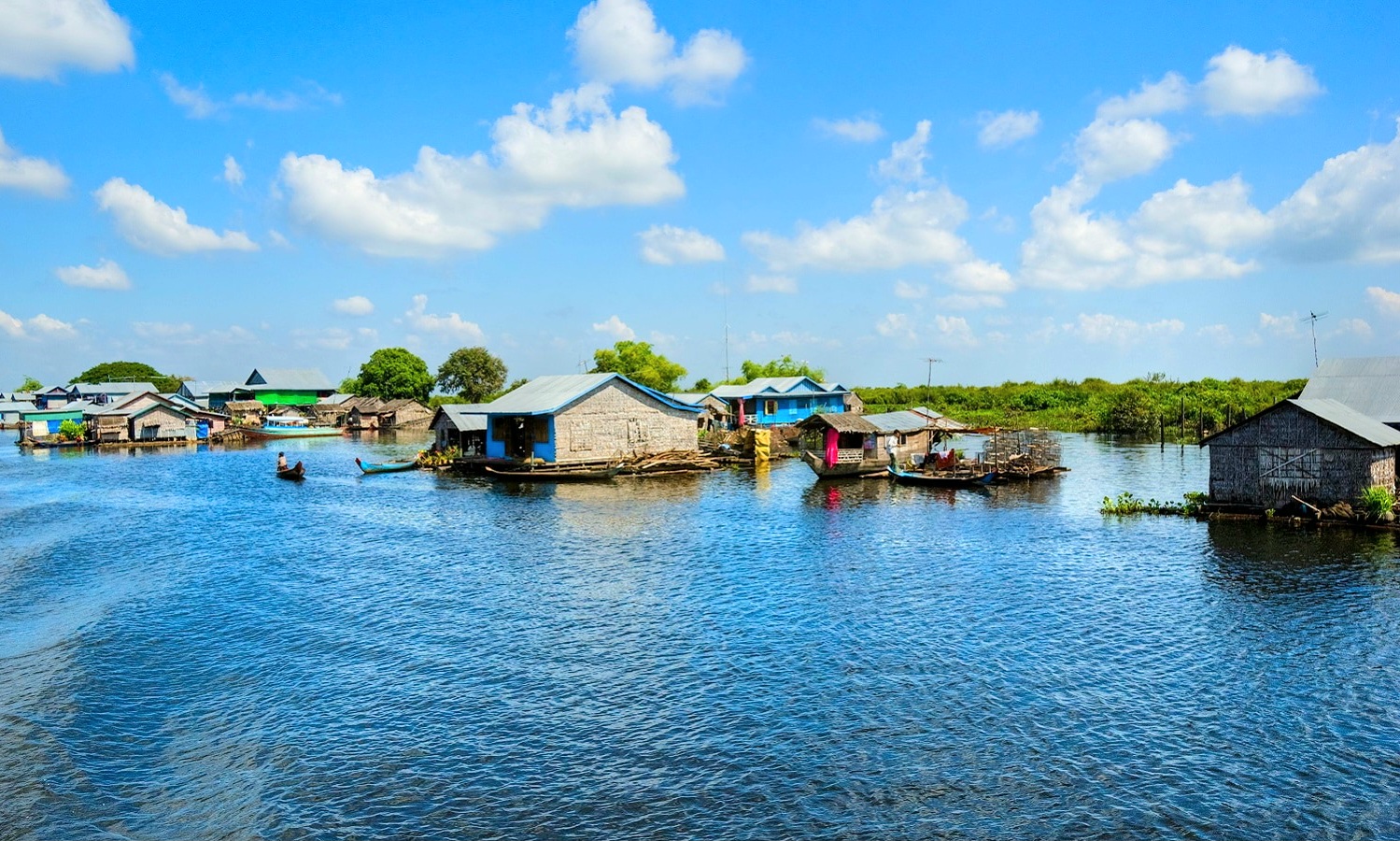
Quick tips for visiting the top sites
- Timing: Witnessing the sunrise at Angkor Wat is a must, but it can get quite busy — arriving before dawn allows for a more peaceful experience; afternoons tend to be hotter and more crowded.
For Ta Prohm, the best lighting for photographs is during the early morning or late afternoon. - Getting around: Tuk-tuks are a traditional and versatile choice for short distances; many tourists opt to hire a tuk-tuk and driver for either half a day or a full day.
Bicycles and e-bikes are also favored for exploring the smaller routes. - Respect and safety: Temples hold sacred significance — ensure your shoulders and knees are covered when entering the inner sanctums, take off hats in specific areas, and avoid climbing on delicate carvings.
Don’t forget to bring sunscreen, a hat, and plenty of water; shoes with good grip are essential for navigating slippery or uneven stones. - Bookings and guides: A local licensed guide can enrich your experience with historical insights and assist with logistics; official Angkor passes are available at the ticket center and offer 1-, 3-, or 7-day options based on how extensively you wish to explore the park.
Siem Reap beautifully combines breathtaking heritage with vibrant culture: the grandeur and artistry of Angkor, the enchanting decay of Ta Prohm, and the everyday creativity of life on Tonle Sap.
With a respectful attitude, some planning, and time set aside for both sunrise views and leisurely exploration, you’ll depart with memories that truly reflect the city’s remarkable reputation.

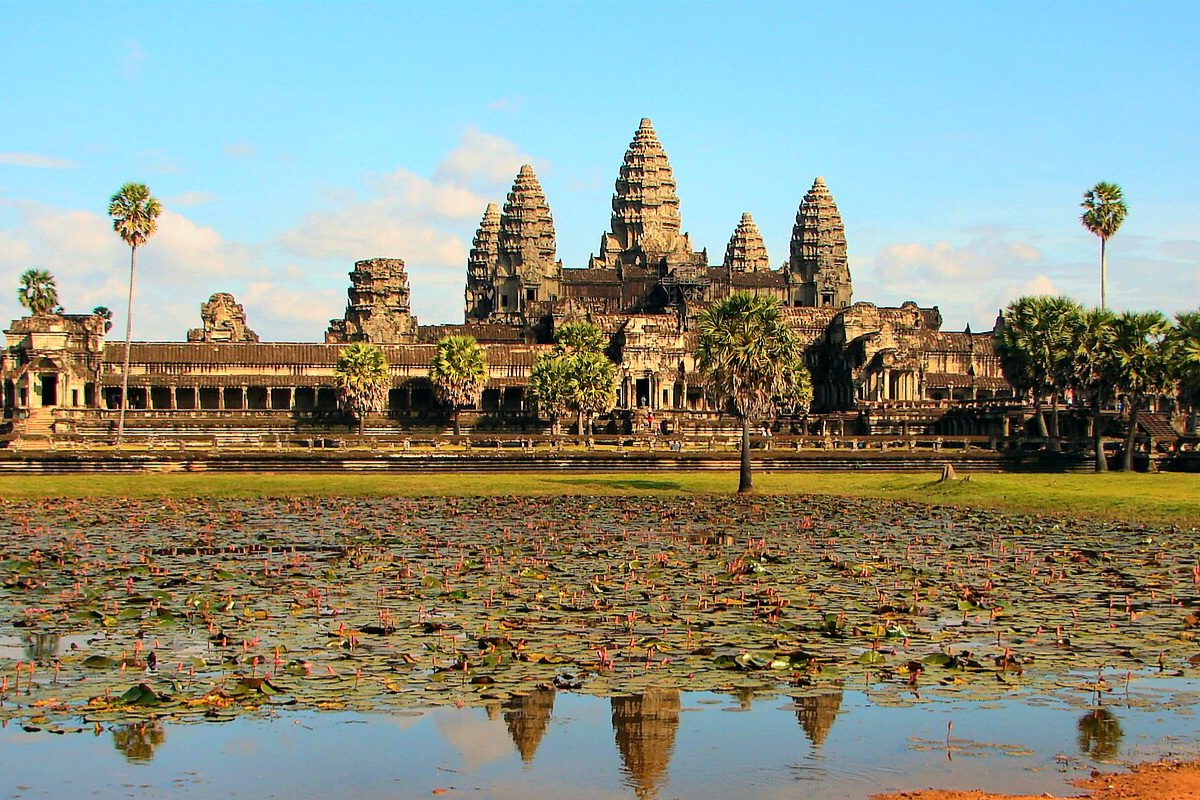

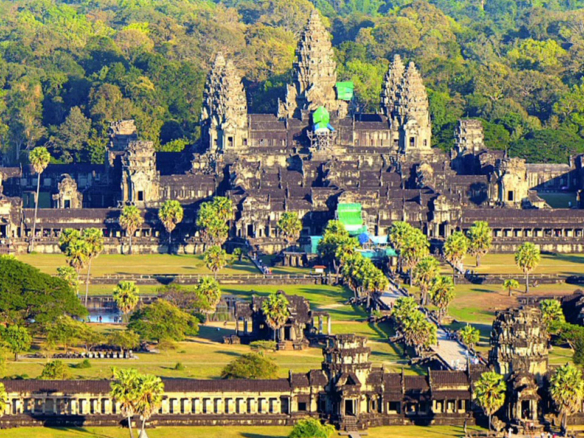
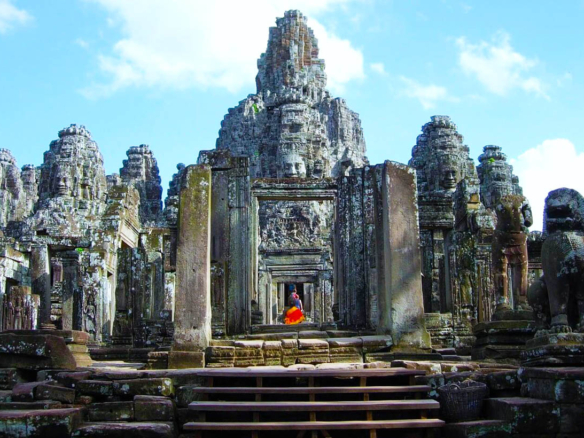
Join The Discussion